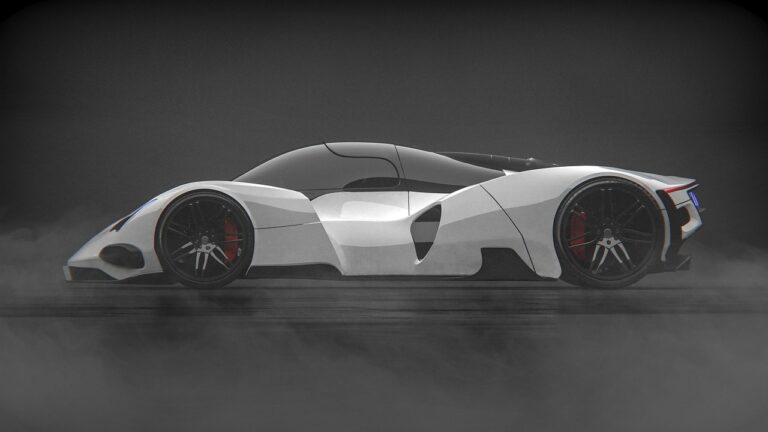Understanding the Role of Digital Twins in Autonomous Vehicle Testing
Digital twins in autonomous vehicles are virtual models that replicate both the physical and operational characteristics of a real vehicle. These digital replicas enable engineers and developers to test and optimize the performance of autonomous vehicles in a simulated environment before they are deployed on the roads. By creating a digital twin, it becomes possible to analyze how the vehicle interacts with its surroundings and how different components function under various conditions.
Having a digital twin allows for real-time monitoring and analysis of the vehicle’s performance, which can help in identifying potential issues and making necessary improvements quickly and efficiently. Furthermore, digital twins can be updated with new data and insights, allowing for continuous optimization and enhancement of autonomous vehicles. The concept of digital twins is revolutionizing the way autonomous vehicles are developed and tested, leading to safer and more reliable transportation solutions for the future.
The Benefits of Using Digital Twins for Testing
Digital twins offer a revolutionary approach to testing in the realm of autonomous vehicles. By creating a virtual replica of a vehicle or system, engineers can simulate various scenarios and conditions without the need for physical testing. This not only saves time and resources but also enables extensive testing in a safe and controlled environment.
The benefits of using digital twins for testing extend beyond cost-effectiveness. They provide a comprehensive platform for analyzing performance, identifying potential issues, and refining algorithms for autonomous systems. This advanced technology allows for continuous improvement and optimization, leading to enhanced safety and reliability in autonomous vehicles.
What is the concept of digital twins in autonomous vehicles?
Digital twins in autonomous vehicles refer to virtual representations of physical vehicles that mimic their behavior and characteristics in real time.
How can digital twins be used for testing autonomous vehicles?
Digital twins can be used for testing autonomous vehicles by simulating various scenarios and conditions to evaluate the performance and safety of the vehicles.
What are some benefits of using digital twins for testing?
Some benefits of using digital twins for testing include cost savings, time efficiency, scalability, and the ability to simulate complex and potentially dangerous scenarios.
Can digital twins help in predicting potential issues with autonomous vehicles?
Yes, digital twins can help in predicting potential issues with autonomous vehicles by identifying weaknesses and vulnerabilities in the system through continuous monitoring and simulation.
Are digital twins only used in the automotive industry?
No, digital twins are used in various industries beyond automotive, such as aerospace, manufacturing, healthcare, and more, for testing and simulation purposes.





